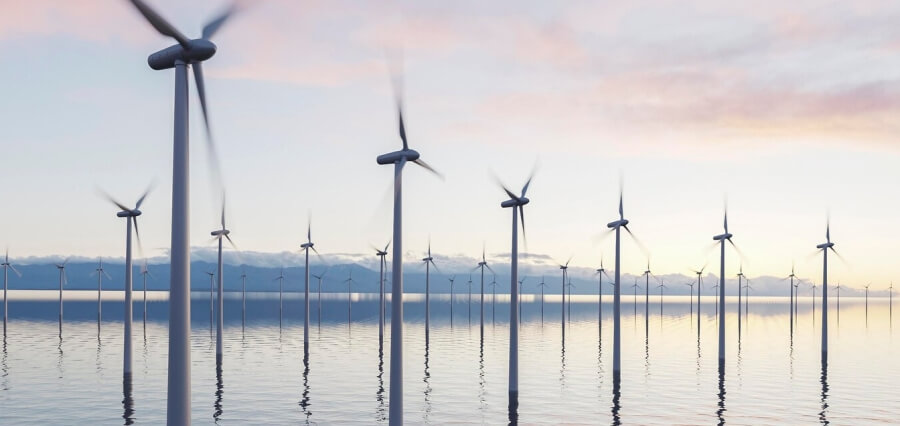Offshore wind energy production in the United States, according to the National Renewable Energy Laboratory of the U.S. Department of Energy, has the capacity to generate 2.8 terawatts of electricity. This amount of energy is sufficient to power an estimated 350 million houses, easily surpassing the 144 million housing units already in the nation.
Global port executives feel that by deploying massive, deep-water wind turbines that float on the water, akin to floating oil platforms and other structures that are moored to the ocean floor with mooring lines, they are contributing to the solution to harness this essentially unexplored source of renewable energy off their coasts and under their operations.
“We’re currently upgrading the Portsmouth Marine Terminal, which is about a 270-acre terminal to be an offshore wind hub for the mid-Atlantic,” Port of Virginia Chief Development Officer Cathie Vick said during a panel discussion. “We have 176 turbines being installed off the coast of Virginia. It’s about 24 nautical miles offshore.”
A $220 million renovation is being done on the former cargo port to enable it to handle larger, 250-foot-long blades and considerably heavier components. Wind turbines require 1,500 tons of materials on average to be built.
As part of Dominion Energy’s Coastal Virginia Offshore Wind project, the Port of Virginia and the utility have established a strategic collaboration.
“Federal funding for ports has grown by about 400% from 2014 to 2023,” Gansler said. However, the National Renewable Energy Laboratory reports that we would need an additional $8 billion for port infrastructure if we are to meet the 2030 target of 30 gigawatts of offshore wind. We must come up with fresh, original ideas to raise this cash.





